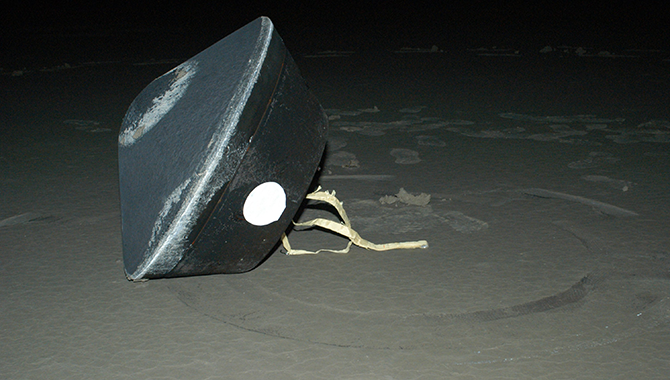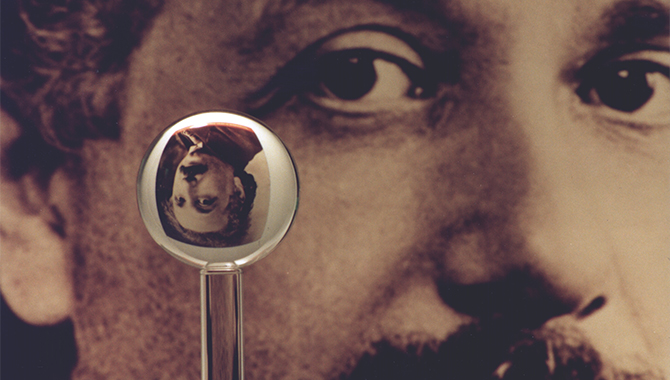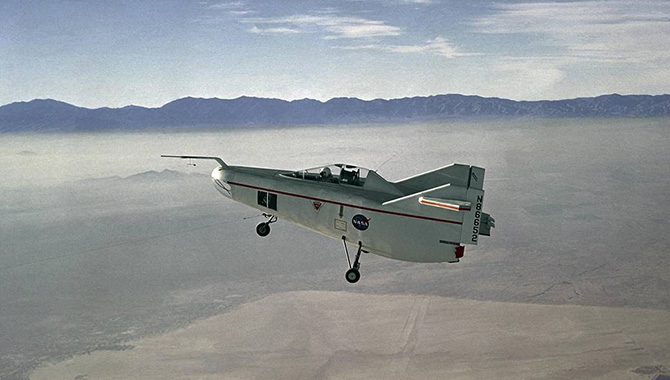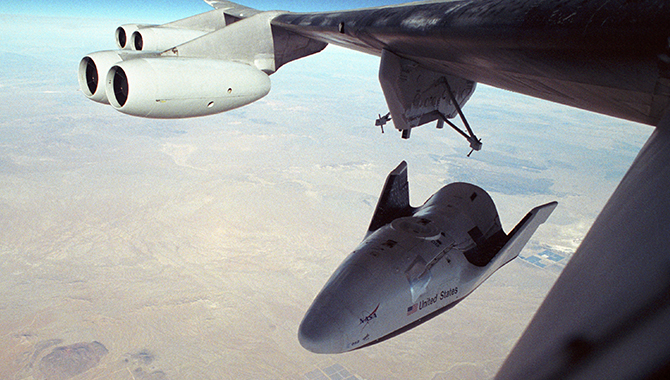
A decade ago, Stardust rendezvoused with Comet Wild 2 to become the first mission to capture and return a cometary sample to Earth.
On January 2, 2004, the Stardust spacecraft approached Comet Wild 2 (pronounced “Vilt 2”) at a distance of approximately 250 kilometers to collect dust and carbon-based samples, in addition to interstellar dust samples captured on its journey to the comet. Using a large, tennis-racket-like grid filled with a silica-based substance called aerogel, the spacecraft collected bits of dust surrounding the comet’s nucleus, which scientists hoped would enhance our understanding of the makeup and origins of our universe.
After a three-billion-mile journey around the solar system—including three orbits around the Sun—the Stardust spacecraft successfully parachuted a 125-pound package containing the cometary samples down to the Utah desert on January 15, 2006. After the sample was successfully retrieved, NASA extended Stardust’s mission in 2007. Renamed Stardust-NExT (New Exploration of Tempel) the spacecraft went on to image the surface of the Comet Tempel 1, NASA’s second visit to the comet after the Deep Impact mission in 2005.
In addition to providing a wealth of scientific data that expanded our understanding of comets and the origins of our universe, the Stardust mission provided a tremendous learning experience for all of the team members involved. The following is an excerpt from an article written by Johnson Space Center’s Karen McNamara in ASK Magazine about her experience serving as the Stardust mission and recovery lead.
“The Stardust mission provided an opportunity to develop good technical data that could have supported the use of the material on Mars Science Laboratory and future missions. In some regards, it was an opportunity we missed. After reentry, the Stardust heat shield was in fact carefully retrieved, preserved, and studied in great detail. One of my many unexpected responsibilities at NASA was to “curate” the returned Stardust spacecraft hardware. In that role, I was able to schedule the postflight analyses in the order of least-to-most destructive—in effect, planning for learning.
There was and is much we can learn from the study of the Stardust heat shield and capsule. Unfortunately, the information we could obtain from it was incomplete because detailed, accurate measurements of its thickness and surface characteristics were not obtained before flight.”
Read the full article titled “Planning for Learning.
Learn more about the Stardust mission.
NASA’s Stardust sample-return capsule is seen with heat shield intact after is successfully landed at the U.S. Air Force Utah Test and Training Range.
Featured Photo Credit: NASA









